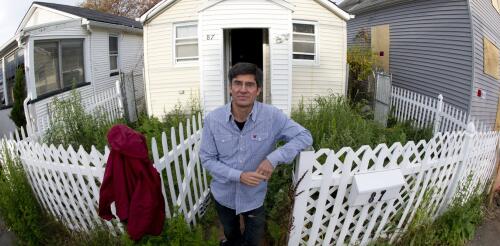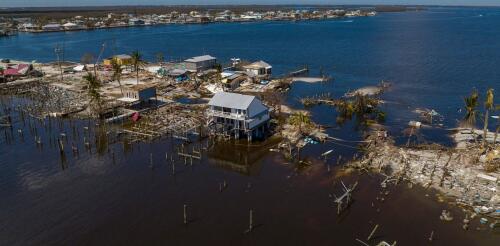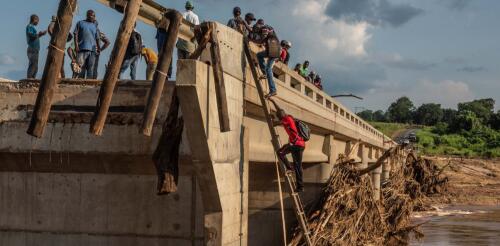Disaster response
An estimated 3,000 pets were still missing more than a week after deadly wildfires ripped through Maui in August 2023 and left thousands of people – many of whom had companion animals – homeless. The Conversation asked Sarah DeYoung, who has conducted research in Hawaii and studies what happens to pets after disasters, to explain why rescuing companion animals is a high priority following wildfires and how donors can help animals and pet owners recover from this disaster. What happens to pets after a catastrophic fire? When disasters strike, people often evacuate with their pets, as long as it’s possible for them to quickly grab their dogs, cats or other kinds of companion animals. However, you may not have time to gather your animals during a quick-onset event like a wildfire, or your animals might be hiding. This is especially true for cats, because they can be skittish. There are other complications, such as evacuation by boat – which makes it harder...
Major wildfires on the Hawaiian island of Maui have killed dozens of people and caused heavy damage, particularly in the historic town of Lahaina, as of Aug. 10, 2023. The state has asked all visitors to leave Maui and those planning to travel there to reschedule their trips – a harsh blow to a destination whose economy relies heavily on tourism. University of South Carolina research professor Rich Harrill, an expert on hospitality and tourism, explains how such events affect places like Maui in the short and long terms. How tourism-dependent is Hawaii compared to other popular destinations? Compared to other destinations, Hawaii is very reliant on tourism – it comprises about 25% of the state’s economy. According to the Hawaii Department of Business, Economic Development & Tourism, visitor spending was projected to be US$20.8 billion in 2023 and $23.4 billion in 2026. Tourism plays an even greater role on Maui. Maui County has the state’s highest re...
After Hurricane Ida hit New Orleans in 2021, Kirt Talamo, a fourth-generation Louisianan, decided it was time to go. He sold his flooded home, purchased his grandmother’s former house on New Orleans’ west bank, which hadn’t flooded, and moved in. It felt good to be back within its familiar walls, but his mind was on the future. “My other house wasn’t supposed to flood, and now insurance costs are going through the roof; it’s bad,” he told us. “I wanted to keep my grandma’s place in the family, but I don’t know how much longer I can stay. I’d love to, but it’s unsustainable.” When hurricanes and other disaster strike, they often trigger presidential disaster declarations, opening the way for large sums of taxpayer money to flow to affected communities. Some of that money will go immediately to help people in need. Some will go to rebuild public infrastructure, like roads and levees. And some of it will...
Hurricane Ian left an extraordinarily broad path of destruction across much of South Florida. That was evident in reports from the ground, but it also shows up in satellite data. Using a new method, our team of spatial and environmental analysts was able to quickly provide a rare big picture view of damage across the entire state. Satellite images and artificial intelligence reveal Hurricane Ian’s widespread damage. The dark areas have a high probability of damage. Su Ye By using satellite images from before the storm and real-time images from four satellite sensors, together with artificial intelligence, we created a disaster monitoring system that can map damage in 30-meter resolution and continuously update the data. It’s a snapshot of what faster, more targeted disaster monitoring can look like in the future – and something that could eventually be deployed nationwide. How arti...
These days, it’s hard to escape news stories discussing how climate change is contributing to extreme weather disasters, including the recent U.S. hurricanes. Aid agencies are increasingly worried about the widespread damage. A growing question as these disasters worsen in a warming world is how to pay for recoveries, particularly in poorer countries that have contributed the least to climate change. I am a climate scientist who researches disasters, and I work with disaster managers on solutions to deal with the increasing risk of extreme events. The usual sources of disaster aid funding haven’t come close to meeting the need in hard-hit countries in recent years. So, groups are developing new ways to meet the need more effectively. In some cases, they are getting aid to countries before the damage occurs. Disaster aid funds aren’t meeting growing need Countries have a few ways that they typically send money and aid to other countries that need help when dis...


